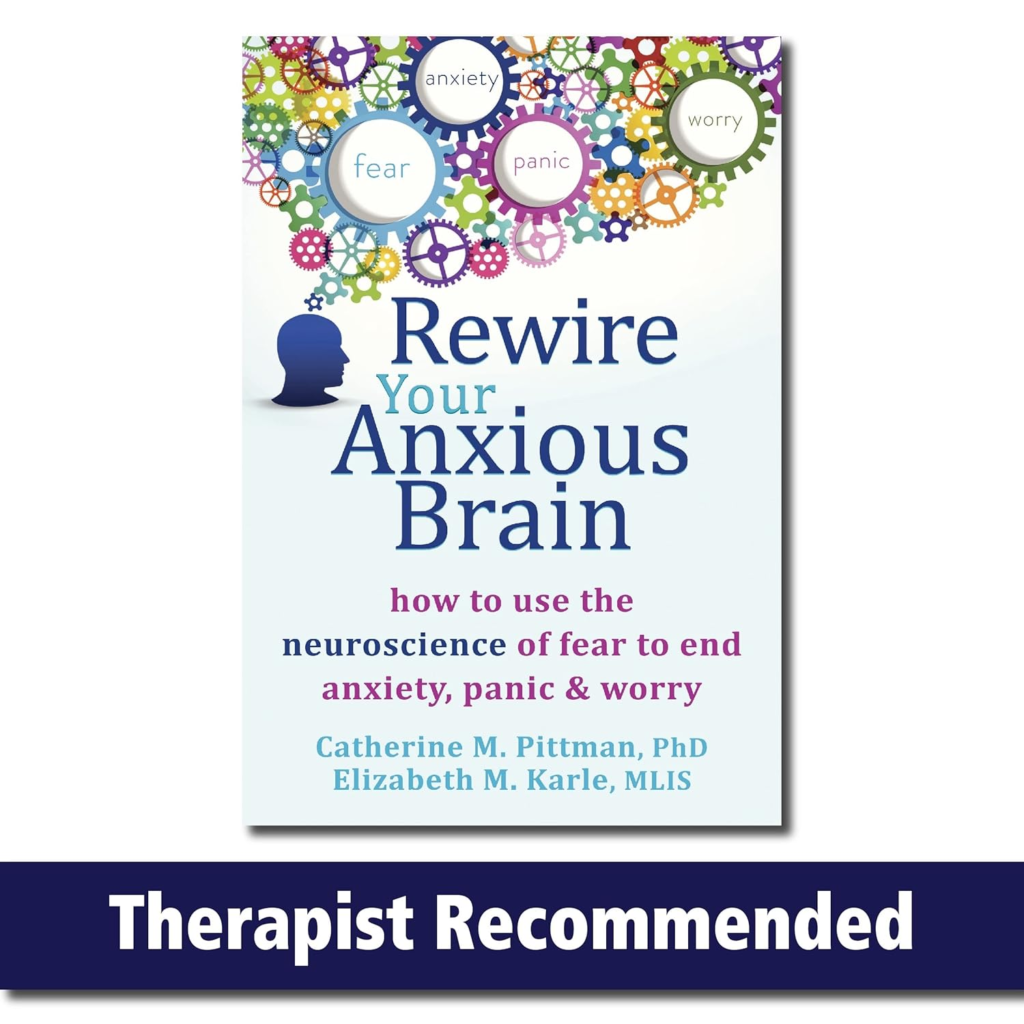Anxiety Disorders in Children
Anxiety disorders represent a significant mental health concern among children, affecting their emotional well-being and development. These disorders encompass a range of conditions characterized by excessive fear or worry, which can manifest in various ways depending on the child’s age and developmental stage. Common anxiety disorders include generalized anxiety disorder, separation anxiety, social anxiety disorder, and specific phobias. Each of these conditions can lead to noticeable symptoms that often interfere with a child’s daily life.
Children experiencing anxiety may exhibit a variety of behaviors, such as frequent crying, excessive clinginess, or avoidance of certain situations. Younger children might struggle to articulate their feelings, leading to physical complaints like stomachaches or headaches, while older children may experience restlessness, irritability, or difficulty concentrating. These symptoms can significantly affect a child’s ability to engage in school, social activities, and family interactions, often resulting in isolation or decreased academic performance.
The onset of anxiety disorders can occur at any point in childhood, but early years and transition periods, such as entering school, are particularly sensitive times. Moreover, anxiety can manifest differently across developmental stages. For instance, while a preschooler may display distress when separated from a parent, a teenager might exhibit anxiety through social withdrawal or excessive worry about academic performance. Understanding these diverse manifestations is crucial for parents, educators, and mental health professionals, as early recognition of anxiety symptoms can contribute to timely and effective interventions.
Given the potential consequences of untreated anxiety disorders on a child’s emotional, social, and academic outcomes, it is imperative to promote awareness and understanding surrounding these conditions. Early diagnosis not only paves the way for appropriate strategies to manage symptoms but also supports overall development and well-being, ultimately improving a child’s quality of life.
(Purchase today by clicking on the image)
The Need for Improved Diagnostic Tools
Anxiety disorders are among the most common mental health issues affecting children today. The complexity of diagnosing these conditions, however, presents significant challenges for parents, educators, and healthcare professionals alike. Traditional diagnostic methods often rely heavily on subjective assessments, which can lead to inconsistencies and inaccuracies in identifying anxiety disorders.
One of the fundamental limitations of current tools is the potential for stigma surrounding mental health. Many parents may be hesitant to seek help for their children due to societal misconceptions associated with anxiety disorders. This reticence can delay intervention, leading to worsening symptoms over time. Furthermore, educational professionals, who often serve as the first point of contact for children in distress, may lack adequate training to recognize the nuanced signs of anxiety, resulting in missed opportunities for early intervention.
Another challenge is the lack of standardized diagnostic criteria that can be universally applied. Existing assessments may not adequately capture the diverse manifestations of anxiety in children, especially considering developmental differences in younger populations. These factors contribute to a complex landscape where anxiety disorders can often go unrecognized or misdiagnosed, exacerbating the impact on the child’s emotional and developmental well-being.
Additionally, the current diagnostic approaches may lack efficiency. In many cases, assessments depend on multiple sessions and comprehensive interviews, which can be resource-intensive for both families and healthcare providers. This inefficiency can lead to delays in obtaining critical support for children in need. The urgent need for more objective and efficient diagnostic tools is evident. Such advancements would facilitate early detection and intervention, ultimately improving the mental health outcomes for children affected by anxiety disorders.
Introducing the Innovative Diagnostic Tool
The advancement of technology in mental health care has led to the development of a groundbreaking diagnostic tool aimed at identifying anxiety disorders in children. This innovative tool utilizes a combination of artificial intelligence and validated psychological assessment methodologies to enhance diagnostic accuracy. Designed with input from pediatric psychologists and software engineers, it provides a comprehensive evaluation of a child’s mental health status.
The operational framework of this diagnostic tool is structured to be both intuitive and user-friendly. Parents and healthcare providers can engage with the tool through a mobile application or desktop platform, ensuring accessibility regardless of the setting. With interactive interfaces and straightforward design features, the tool requires minimal training, enabling quick integration into existing mental health screening processes.
Scientific research underpins the efficacy of this instrument, validating its use in various clinical scenarios. A series of studies have demonstrated the tool’s ability to effectively differentiate between typical childhood behavior and the signs of anxiety disorders. By employing advanced algorithms that analyze behavioral responses, the tool can provide a nuanced assessment supported by data-driven insights. The emphasis on empirical research ensures that clinicians can rely on the tool for accurate evaluations, facilitating timely interventions for children in need.
Moreover, the diagnostic tool’s features extend beyond basic assessments by providing immediate feedback and recommendations based on the results. This aspect empowers healthcare providers to make informed decisions and tailor treatment plans to meet individual needs. As a result, the innovation fosters a proactive approach in addressing children’s mental health, potentially reducing the long-term impact of undiagnosed anxiety disorders.
The Future of Mental Health Diagnosis for Children
The advent of a new diagnostic tool specifically designed for children marks a significant milestone in the approach to mental health care. The ability to detect anxiety disorders at an early stage holds the promise of improving outcomes for vulnerable populations. Early detection not only facilitates timely interventions but can also lead to the development of personalized treatment plans that cater specifically to each child’s unique needs. This proactive approach mitigates the severe repercussions often associated with untreated mental health conditions, including academic struggles, social isolation, and the elevated risk of developing more severe mental health issues later in life.
Moreover, the implications of adopting this diagnostic tool extend beyond immediate care. By enhancing treatment options available to healthcare professionals, practitioners will be better equipped to address the array of challenges associated with childcare mental health. Such advancements not only enrich the toolbox of clinicians but also foster collaborative approaches between healthcare providers, educators, and families, all of whom play a pivotal role in a child’s well-being. Consequently, this collaboration can yield a more integrated care model, addressing numerous facets of a child’s life simultaneously.
The successful implementation of this diagnostic tool hinges on adequate training and resources for both caregivers and professionals. Education on the practical application of the tool is essential to ensure it is used effectively and ethically. Workshops, training sessions, and comprehensive guidelines will be necessary to familiarize stakeholders with its features, benefits, and limitations. Furthermore, to facilitate widespread acceptance, outreach efforts should focus on dispelling any misconceptions surrounding mental health diagnoses in children, thereby promoting a culture of understanding and support.
In conclusion, the deployment of this innovative diagnostic tool represents a crucial step forward in the landscape of children’s mental health care. By enabling early detection and better resource allocation, it paves the way for a future where children’s mental health needs are adequately met, ultimately fostering healthier, more resilient generations.
(Purchase today by clicking on the image)






